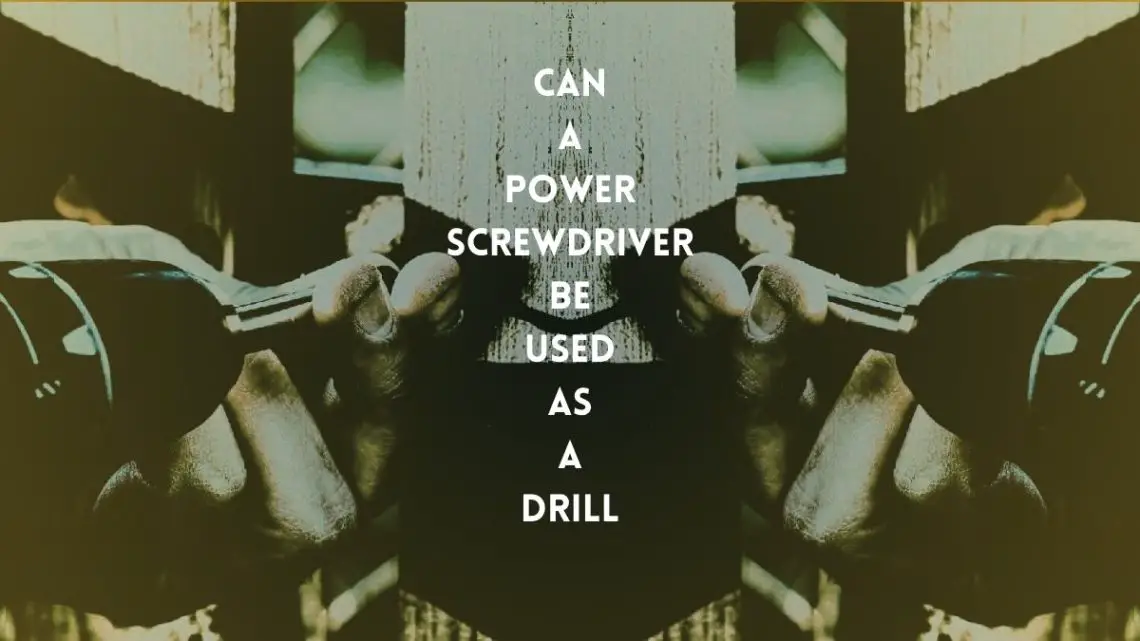
Can a Power Screwdriver Replace Your Drill? – Quick Guide
A power screwdriver can be used as a drill with the right bit, but it’s not designed for heavy-duty drilling. Power screwdrivers lack the raw torque and speed of a dedicated drill.
Power screwdrivers, versatile tools in your DIY arsenal, are primarily crafted for fastening screws. Despite not being a drill replacement, they can handle minor drilling tasks in softer materials like thin wood or drywall. Opting for a power screwdriver might be tempting if you’re in a pinch and need to drill a small hole, yet it’s crucial to remember that these devices don’t match the capabilities of a drill.
Homeowners and hobbyists often find power screwdrivers easy to handle due to their compact size and lower torque, reducing wrist strain during prolonged use. While suitable for light drilling, consider investing in a proper drill for more demanding projects to avoid damaging your screwdriver or achieving subpar results.
Related Article: How to Drill Into Stucco (Step By Step Guide)
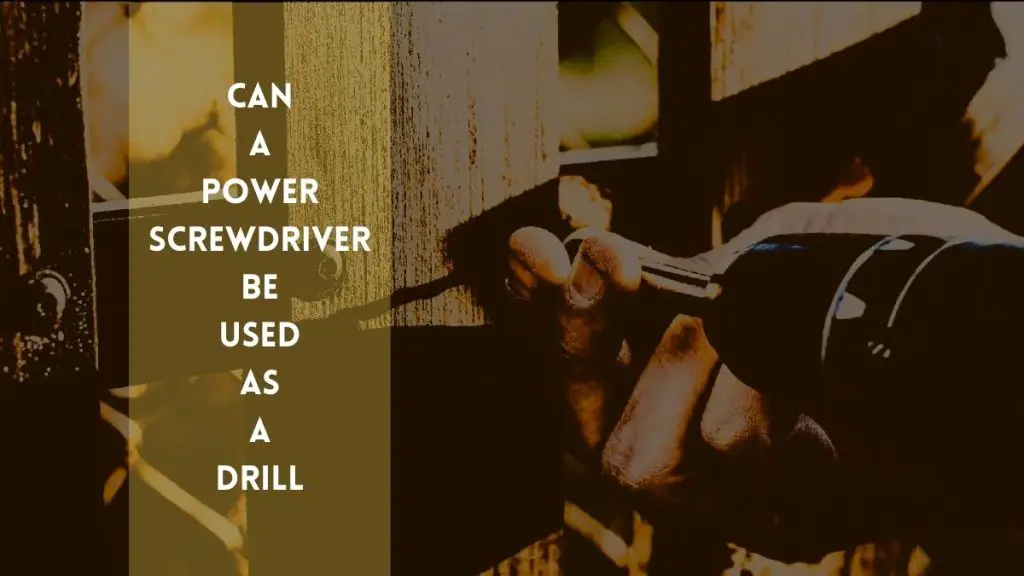
Related Article: Best Hand Tools For Beginners To Complete Tasks Easily
You may also read: What is the Difference between Tools And Equipment? Unveiled Secrets
The Basics Of Power Screwdrivers
A power screwdriver is a handy tool for any DIY enthusiast or professional. This electric tool tightens and loosens screws with precision and ease. Versatile and user-friendly, power screwdrivers save time and effort.
Key Features of Power Screwdrivers
Key Features Of Power Screwdrivers
- Motor: Powers the screwdriver for fast, consistent driving.
- Adjustable Torque: Protects from over-driving screws.
- Battery-powered: Provides cordless convenience.
- Bit holder: Secures screw bits for various tasks.
Advantages Over Traditional Screwdrivers
Advantages Over Traditional Screwdrivers
| Precision | Efficiency | Comfort | Power |
| Ensures accurate screw placement. | Drives screws faster than manual screwdrivers. | Reduces wrist strain during prolonged use. | Delivers more torque without extra effort. |
Credit: www.housebeautiful.com
Drills Vs. Power Screwdrivers
Are you pondering whether your handy power screwdriver can double as a drill? In our latest deep-dive, we’re comparing the classic drill with the versatile power screwdriver. Let’s discover which tool is right for your project!
Primary Uses Of Drills
When we talk about drills, we picture a tool famous for its punching power. Drills create holes, with precision, in various materials. Here’s how they stand out:
- Creating holes: Drills excel in making clean, precise holes in wood, metal, plastic, and masonry.
- Driving fasteners: While not their primary use, many drills can also drive screws with the right bit.
- Wide range of bits: They accommodate drill bits, paddle bits, and hole saws for varied tasks.
Comparing Torque And Rotational Speed
Torque and speed determine whether you’re drilling a hole or fastening a screw. See the key differences below:
| Tool Type | Torque | Rotational Speed |
| Power Drill | High torque for drilling | Adjustable, generally higher for drilling tasks |
| Power Screwdriver | Lower torque, optimized for screws | Lower, perfect for driving screws without stripping them |
Drills offer the high torque and speed needed to drill through tough materials. Power screwdrivers, on the other hand, have the finesse for fastening tasks.
Situations Suited For Power Screwdrivers
Discover the perfect times when a power screwdriver excels. These versatile tools do more than just tighten screws. Imagine finishing tasks with speed and precision that drills can’t match in certain situations. Let’s explore when to reach for a power screwdriver.
Everyday Home Improvements
Power screwdrivers shine during home projects. Their size and maneuverability make them a favorite. For quick fixes or assembling furniture, they offer unmatched convenience. Check out common uses:
- Assembling flat-pack furniture – they fit in tight spaces.
- Hanging pictures – precise control prevents wall damage.
- Installing light fixtures – their light weight reduces arm fatigue.
For these tasks, reach for a power screwdriver. It’s the smart choice where a drill might be too powerful.
Electronics And Fine Detail Work
Power screwdrivers excel in delicate jobs. When working on electronics or models, precision is key. The gentle torque settings protect small screws from stripping. Here’s why they’re ideal:
| Task | Benefit of Using Power Screwdriver |
| Computer Repairs | Prevents overtightening delicate components. |
| Assembling Drones | Offers steadiness for tiny, precise screws. |
| Crafting Miniatures | Enables control in handling intricate parts. |
For electronics and other delicate tasks, a power screwdriver is a go-to tool. Enjoy safe, controlled, and effective work on sensitive projects.
When You Still Need A Drill
Most handypersons know a power screwdriver speeds up assembly tasks. But for some jobs, only a drill will do.
Heavy-duty Drilling Requirements
Thick metals and dense woods put a power screwdriver to the test. Drills offer the torque and power needed for such materials.
- Concrete drilling demands a hammer drill.
- Masonry bits are essential when dealing with bricks or stones.
- Large holes need the force only a drill can give.
Materials And Tasks Beyond Screwdrivers’ Reach
Power screwdrivers are for screwing tasks, not all drilling ones.
| Material | Power Screwdriver | Drill Required |
| Glass | No | Yes |
| Tile | Limited | Yes |
| Hardened steel | No | Yes |
For tasks that include cutting circles or installing large fixtures, drills offer the precision and adaptability needed. A drill’s chuck accepts a wide range of bits and attachments for various tasks, something a power screwdriver can’t match.

Credit: www.amazon.com
Integrating Both Tools In Your Toolbox
Wondering if your power screwdriver can take on drilling tasks? This common question arises for many DIY enthusiasts and professionals alike. Understanding how to use both a power screwdriver and a drill is key to building a toolbox that is ready for any project.
Building A Versatile Tool Collection
A well-equipped toolbox provides confidence to tackle various home projects. Start by selecting quality tools that serve multiple purposes.
- Drills: Essential for making holes in different materials.
- Power Screwdrivers: Ideal for driving screws quickly and with precision.
Aim to choose tools that complement each other, creating a comprehensive set for all your needs. A drill may not replace a power screwdriver in every scenario, and vice versa.
Making The Right Choice For Each Task
Not all tasks are created equal. Knowing which tool to use is crucial for both efficiency and safety.
| Task | Power Screwdriver | Drill |
| Assembling Furniture | Best Choice | Not Ideal |
| Creating Pilot Holes | Usable | Best Choice |
| Handling Multiple Screws | Best Choice | Not Ideal |
| Drilling into Concrete | Not Suitable | Best Choice |
Match the tool to the task for optimal results. Your power screwdriver can drill when fitted with the right bit, yet, it’s not a standalone solution for heavy-duty drilling.
Always prioritize safety. Read the user manuals and understand the limitations and capabilities of each tool before starting your project.

Credit: www.homedepot.com
Frequently Asked Questions Of Can A Power Screwdriver Be Used As A Drill
Can You Use A Screwdriver Instead Of A Drill Bit?
A screwdriver is not a suitable replacement for a drill bit. Drill bits create holes, while screwdrivers drive screws. Using a screwdriver as a drill bit is ineffective and can damage both tools.
Can An Electric Screwdriver Drill Holes In Wall?
Yes, an electric screwdriver can drill holes in a wall if it has a drilling function and you use the correct drill bit. It’s less powerful than a dedicated drill, so best for light-duty tasks.
Is An Electric Screwdriver The Same As A Drill Machine?
An electric screwdriver is not the same as a drill machine. Electric screwdrivers are designed primarily for driving screws, whereas drill machines are intended for drilling holes into various materials.
Do Drill Bits Fit In Electric Screwdriver?
Most electric screwdrivers accept hex-shank drill bits, enabling drilling functions. However, ensure compatibility with your specific model before use.
How To Use a Screwdriver Bits With Drill>>
Conclusion
Summing up, a power screwdriver can double as a drill in a pinch for light-duty tasks. Ensure you have the appropriate bits and proceed with caution to avoid damaging the tool or your workpiece. For heavier drilling jobs, it’s wise to invest in a dedicated drill to guarantee efficiency and safety.
Remember, choosing the right tool for the job is always the best practice.
Related Article: The 11 Basic Hand Tools Safety Rules for Professional Users
Related Article: The 11 Basic Power Tools Safety Rules for Professional Users


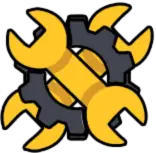

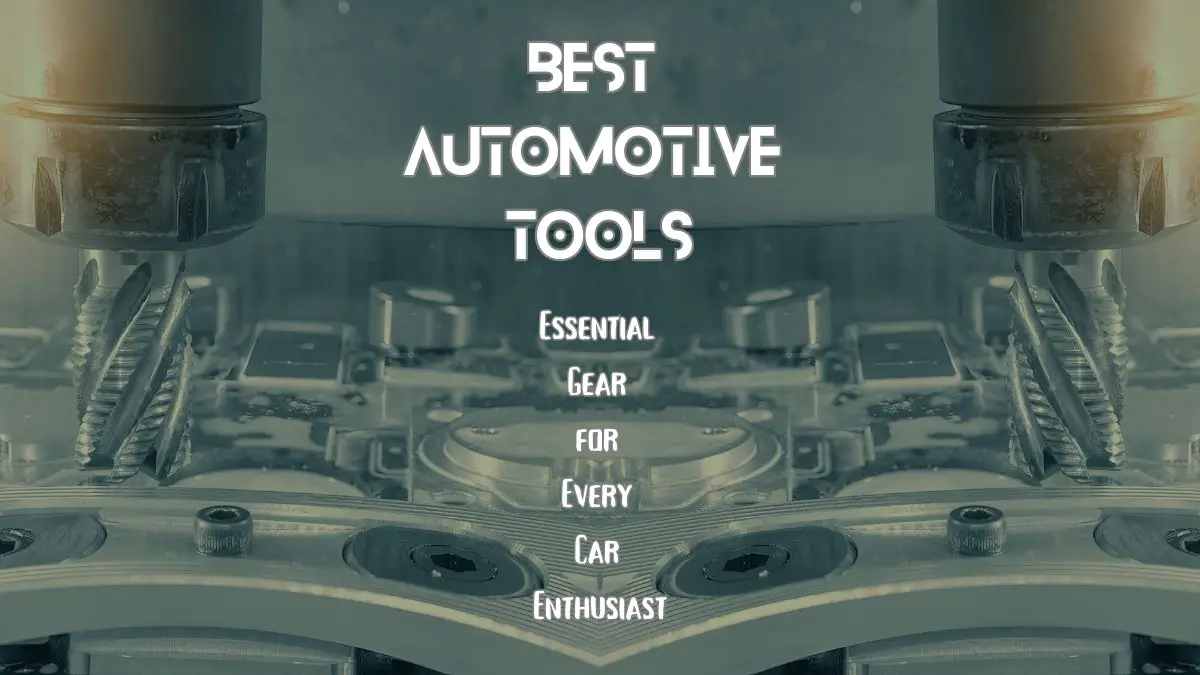
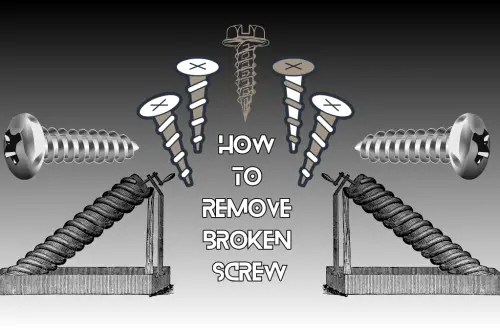
2 Comments
Pingback:
Pingback: